I rate 6/10 – Its aight, I’ve had better in a school cafeteria
Memorable scene – The red bathroom scene
Film Element Focus – Cinematography
I rate 6/10 – Its aight, I’ve had better in a school cafeteria
Memorable scene – The red bathroom scene
Film Element Focus – Cinematography
| FILM | Preference (/10) | Memorable Scene | Film Element Focus |
| The Shining (Kubrick, 1980) | 8.5 /10 | Hallway Twin scene | Cinematography |
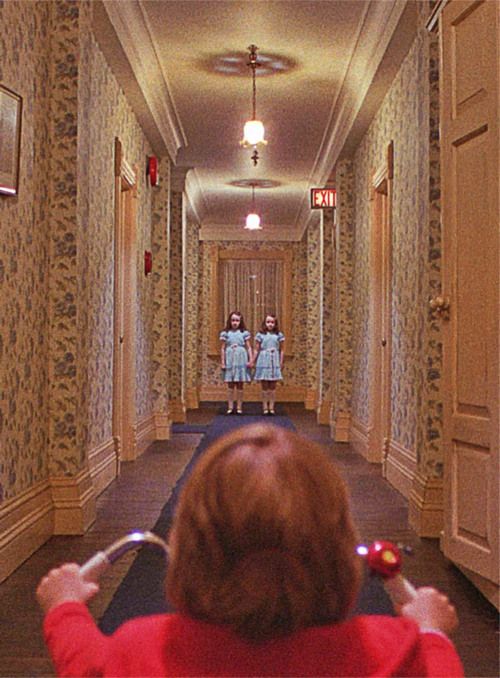
| Film | Preference /10 | Memorable scenes | Film Element Focus |
| The Shining (1980, Kubrick) | 8/10 | 1.”Here’s Johnny” 2.Redrum 3. Dick Hallorann coming back to check on the family | Cinematography |
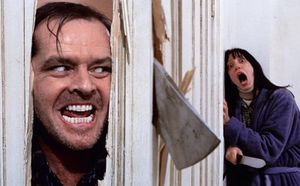

| Name of shot (abbreviation) | description of shot in relation to subject | use in storytelling |
| extreme close up | parts of the face e.g eyes taking up the frame | gets inside the head of the character |
| close up (cu) | whole face takes up the frame | reveals characters emotional state |
| medium close up | head and shoulders in the frame | |
| low angle shot(LA)/ high angle shot(HA) | ||
| extreme long shot | only scenery in view cannot make out individual people | used as an establishing shot |
| medium shot (MS) | one or two people in frame from Waist height. sometimes taken from over the shoulder from one character (OSS) | often used as a master shot/ two shot/ shot-reverse for conversations |
| pan/tilt | mimics a character looking round the scene | |
| track (steady cam / handheld) | camera follows a subject by moving along with them. |
extreme close up (XCU)
an extreme close up is a shot that is focused on capturing the subjects emotion and not the background, this is often focused on the characters eyes to show emotion.
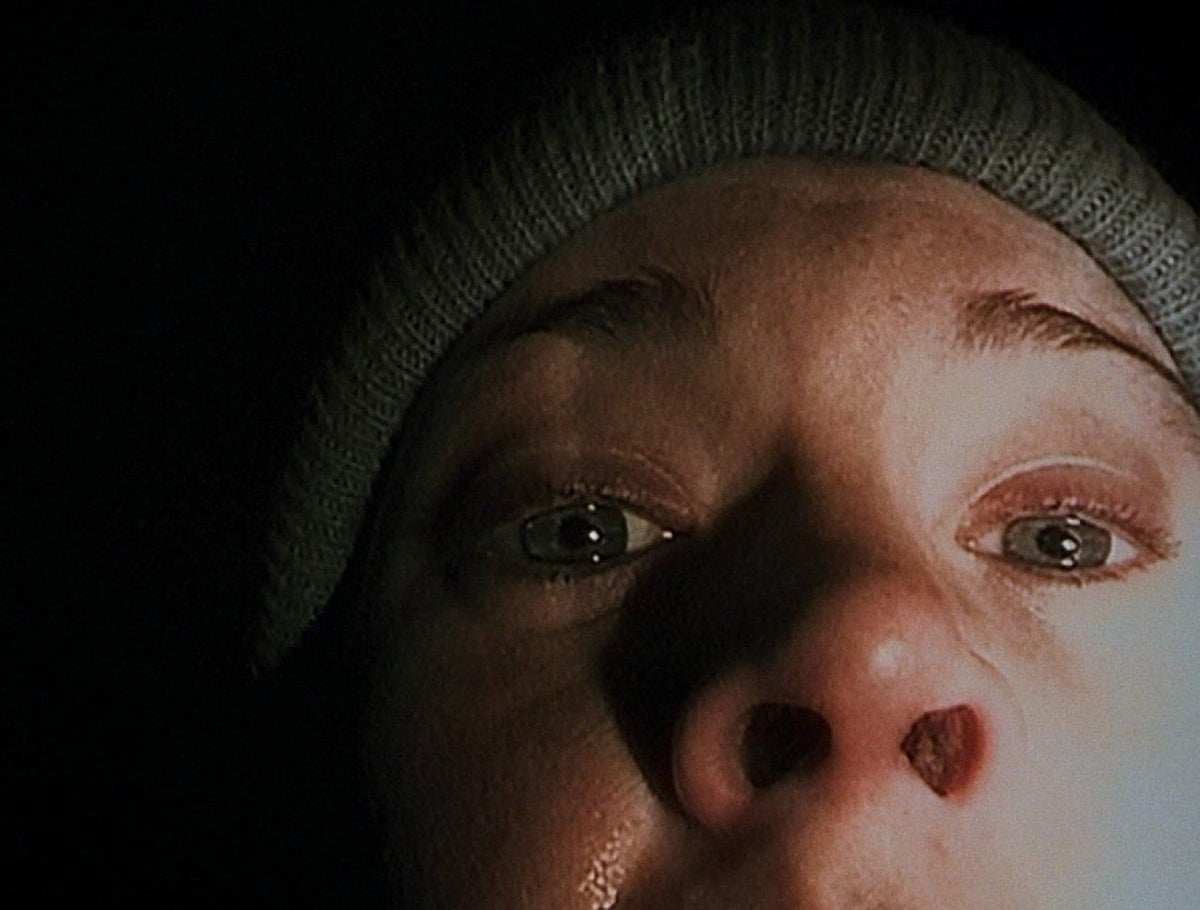
panoramic shot
this shot can be used in the begining of the film as an establishing shot to show where the film is set and the background it can also give an insight to.

close up (CU)
a close up shot can be used to show the peoples emotions and the background to show the characters facial features while also displaying the background.

one point perspective
symmetry

deep focus
this includes fore ground and background simultaneously in sharp focus this shows the audience all of the detail in the scene
steadicam tracking shots
a tracking shot can be used for tracking and following the character, while keeping them inside the frame.

One Point Perspective – A way of crafting cinematic shots with near-perfect symmetry. The composition of these shots draws the viewer’s eye to a specific focal point within the frame, absorbing them into the dimension of the shot and manipulating the experience by telling them exactly where to look.
https://the-take.com/watch/filmmakers-handbook-what-is-one-point-perspective

Symmetry – Refers to material being organized in such a way that it conveys a sense of unity through the repetition of one or more elements. In film theory it is appropriate to speak of three kinds of symmetry in the two-dimensional picture.
https://pov.imv.au.dk/Issue_15/section_5/artc1A.html

Steadicam Tracking Shot – With its ability to move through scenes and follow actors smoothly, placing the audience in the center of the on-screen action
A successful film is one that makes an impact on todays society, typically is one that is suitable for all ages and the vast majority are part of a franchise that are all well known that all have a high standard and that the audience know what to expect from them.
One Point Perspective: The camera is centred and draws the viewers attention towards the centre of the scene which creates an unsettling/eery atmosphere
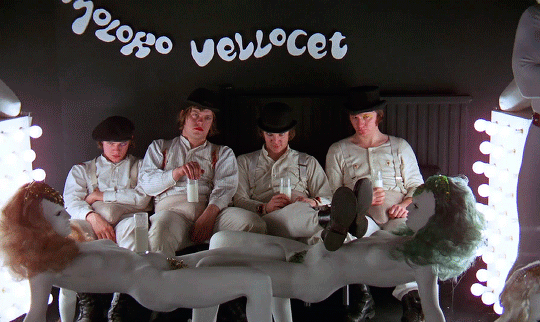
Symmetry: Both sides of the screen are identical to each other and balance each other out which makes the viewer feel unease due to unnaturally perfect the scene looks

Deep Focus: Allows everything on screen to be in focus at the same time
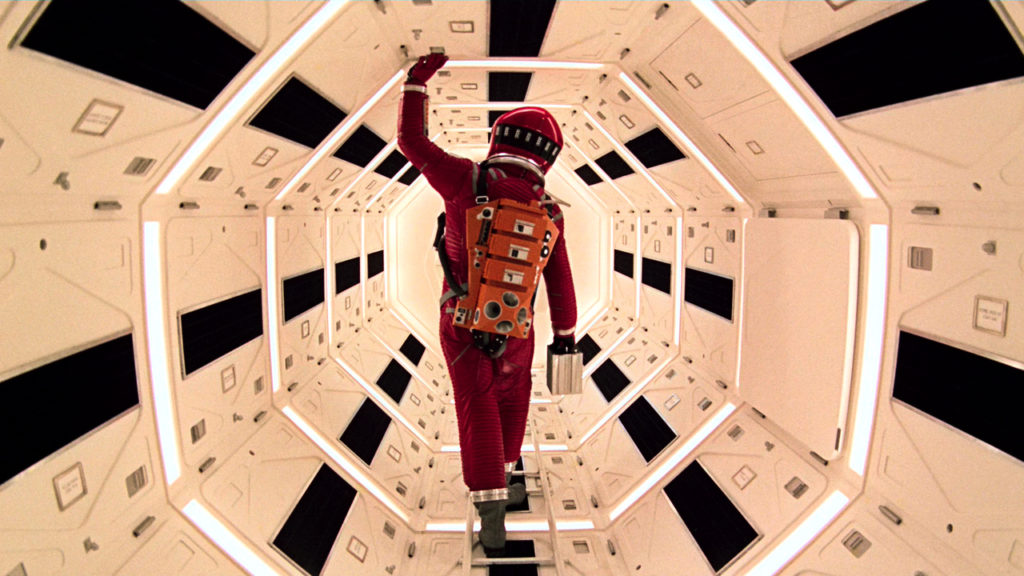
Steadicam Tracking Shots: Allows the shot to be steady whilst following the character/object around the scene

one point perspective
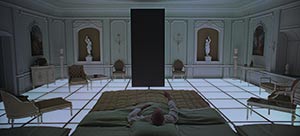
symmetry

deep focus

steadicam tracking shots
